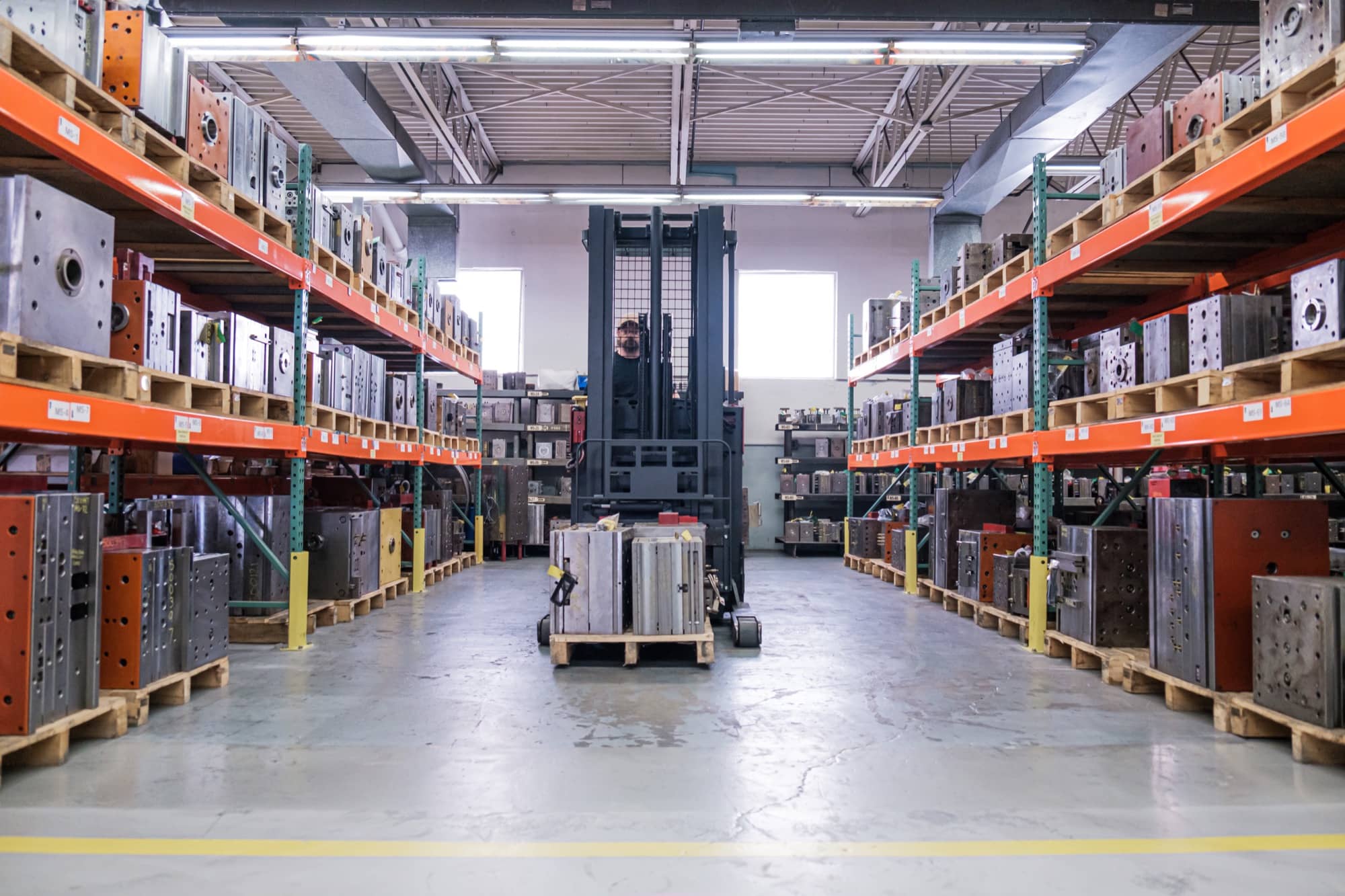SPI Mold Classification



In the development of a well designed and manufactured injection molded item, comes the decision-making process of determining what level of mold build you, or your company are willing to invest in. Some variables to consider are, your budget, part design complexity, number of parts required/life of project or life requirements for this phase, and plastic resin type that will be injected into the mold.
To aid in this decision-making process, the toolmaking industry has developed standard classifications of molds to help sort through and designate mold classes available based on the molders and customer’s needs reflecting on the variables mentioned above that you will be assessing. Standard industry mold classifications go from class 101 through class 105, with class 102, 103, and 104 molds representing most molds being built today.

Injection mold tooling and engineering involves an enormous amount of detail to the mold itself which can make the decision process as an outsider somewhat overwhelming. It is critical to at least be thinking about these standard mold classifications before going out for quotations and certainly have a mutual understanding with your molder/mold maker before getting your tool manufactured. As an example, certain molds have the durability to withstand 1 million cycles while others could last as few as 250 cycles.
A class 101 mold would have higher production capacity, utilizing better grade tooling materials, and more robust construction overall. This higher class of mold build will translate typically in a better aesthetically looking part, dimensionally more accurate and overall, a higher quality product, and certainly longer lasting tool. Conversely, a class 105 mold has a very low production capacity and the intent for this mold would be for prototyping only, making this mold the least expensive out of all the classifications.
As you work your way up the mold ‘classes’ to a class 101 mold you will find that the cycles, and production level will increase with each level offering a better-quality tool build and likewise a bit higher in cost. Choosing the right mold classification is essential for certain specifications. For example, when looking for a quality part with an anticipated life projection volume of 500,000 mold cycles, you will likely want to choose a class 102 mold. If you were to be looking to have a mold built for a plastic ‘cap’ that required 20,000 pieces per year, you could likely be fine specifying a class 104 mold.
Several factors come into play when selecting the right mold; program volume, quality requirements, part size, and plastic resin being used. When going out for mold and product quotations, knowing what mold class to request for your company’s tooling application is a crucial step in the new mold sourcing/construction process. Do you have questions regarding mold classifications? Give us a call at (203)-735-2331.

